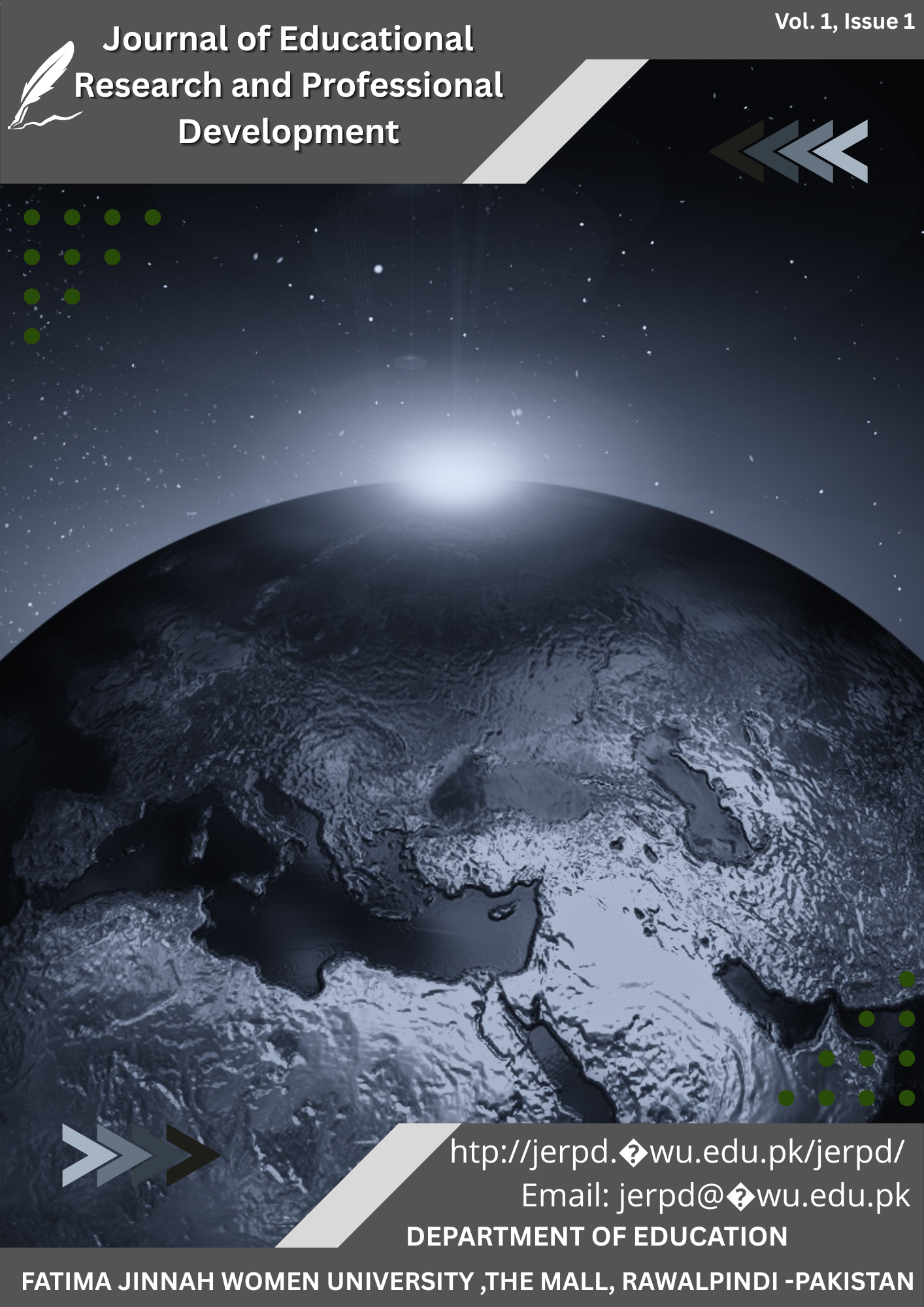Impact of Language Input and Teaching Methods on Oral Competence in EFL Students at Secondary Schools
Keywords:
Eclectic approach, English language teaching (ELT), Teaching methods and strategies, Language learning, Instructional technologyAbstract
Learning is a process through which students learn many things to grow physically, mentally, and morally. Teachers use different methods, approaches, strategies and techniques to teach their students at all levels. When it comes to a second or foreign language, especially English, teachers follow specific methods and techniques in the English classroom. Through constant evaluation and observation, various teaching methods and methods are designed. Prominent among these are Grammar Translation, Methods and Direct Methods, despite the use of these methods, approaches, and techniques by teachers in the EL classroom, there is still a gap between teachers and learners. There have been calls for a unified approach to language teaching over the years. An eclectic approach is a solution that integrates different approaches and approaches in English language teaching. This approach depends on the course's objectives and the learner's abilities. This research paper explores the strengths and weaknesses of an eclectic approach to teaching English as a foreign language and provides a comprehensive discussion of the popularity of this approach in 21st-century ELT. This article also explores aspects of the eclectic approach and how they can be useful for teachers in the English classroom. Technological development of the educational process means the organization of an effective teaching process. Establish learning objectives. In order to develop the professional and teaching skills of teachers, there is a need to organize their educational and academic activities based on a technical approach. For this purpose, it is used in the design of instructional technology related to foreign teaching.

